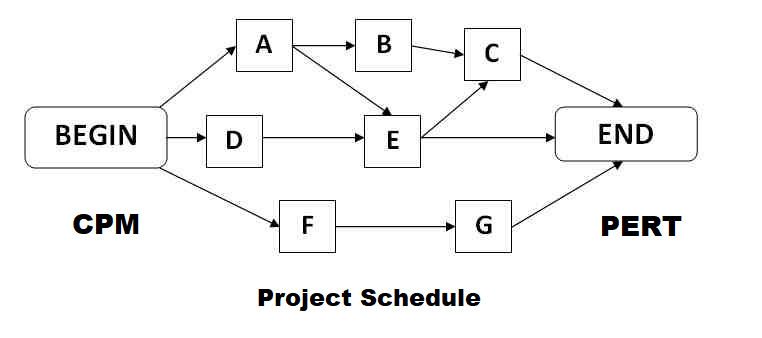- FORUM
- PROJECTS
- ABOUT US
- RESOURCES
- CONTACT US
- FORUM
- PROJECTS
- ABOUT US
- RESOURCES
- CONTACT US
A project budget is the total projected costs needed to complete a project over a defined period of time. It’s used to estimate what the costs of the project will be for every phase of the project.
If you had a bigger budget, you could probably get more people to do your project more quickly and deliver more. That’s why no project plan is complete until you come up with a budget. But no matter whether your project is big or small, and no matter how many resources and activities are in it, the process for figuring out the bottom line is always the same.
Steps in Preparation of budget
1.Resource Requirements : Resource requirements involve determining what resources (people, equipment, services, and material) and the quantities of those resources are required to complete the project.
2.Budget Estimate : Determine the costs of each requirement which will result in the creation of the project budget. A cost estimate, which is the process to approximate the costs that the project will spend to get or use the project resources There are three types of budget estimates that occur during the project cycle, these estimates – rough estimate, contract estimate and definitive estimate
Rough estimate : Project managers develop the first budget estimate used before or during the project initiation phase; to get a quick estimate of what would the costs of the project be to see if there is an interest in the organization or donor. It provides a rough idea of the project budget, estimates are based on high-level objectives, provides a quick view of the project deliverables, Most rough estimates, depending on the project, have a range of variance from –25% to +75%.
Contract estimate, is more accurate, it is formulated late in the project’s initiation stage, it’s done either from the donor’s RFP (request for proposal) requirements, which sometimes includes conditions and formats on how to present a budget. A contract estimate is quick, but not very accurate. The range of variance in the budget estimate is from –10 % to +25 %.
Definitive Estimate, is the most accurate of the estimate types, but takes the most time to create. The definitive estimate makes use of the work breakdown structure (WBS); This type of estimate is usually made during the planning phase of the project to get detailed information on all the project costs and it uses the organization chart of accounts to track costs in the accounting system. The accuracy of this estimate is normally -5% to +10%,.
3. Budget Development :
This step involves putting it all together, including information from the organization about cost recovery fees, shared cost pools, taxes, fees, and donor regulations or restrictions. This step also includes the creation of a document that defines budget authority and control mechanisms; the project budget management plan.
4. Budget Approval
The final steps in estimating the budget are getting approval. The completed project budget should be reviewed by the project team and be reviewed by the representative from the finance department.
Register & Download PDF for Educational Purposes Only
Project Planning and Management Study notes for M. plan Sem-II

project planning and management.pdf
Register as member and login to download attachment [pdf] by right-click the pdf link and Select “Save link as” use for Educational Purposes Only
Disclaimer
Information on this site is purely for education purpose. The materials used and displayed on the Sites, including text, photographs, graphics, illustrations and artwork, video, music and sound, and names, logos, IS Codes, are copyrighted items of respective owners. Front Desk is not responsible and liable for information shared above.


